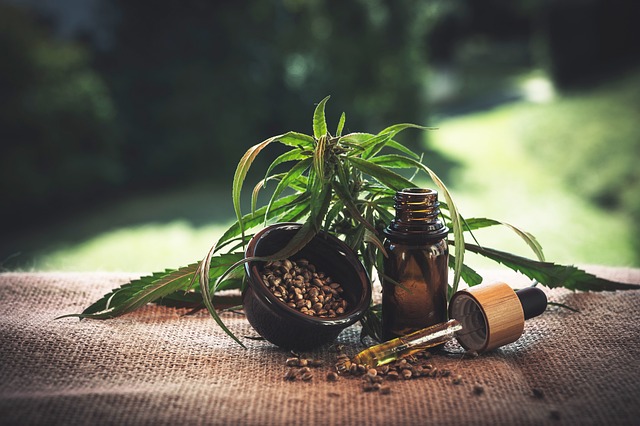THCa Flower for Beginners: Everything You Need to Know
Exploring the world of cannabis can be both exciting and overwhelming, especially for newcomers. One of the lesser-known compounds gaining attention is THCa, or tetrahydrocannabinolic acid. This article aims to provide a comprehensive guide to understanding THCa flower, its benefits, and how it differs from other cannabis products.
What is THCa?
Organic THCa flower is a non-psychoactive cannabinoid found in raw and live cannabis plants. Unlike THC, which is known for its psychoactive effects, THCa does not produce a “high” when consumed in its natural form. This compound is the precursor to THC and converts to THC through a process called decarboxylation, which occurs when cannabis is heated.
Benefits of THCa
Research into THCa is still in its early stages, but preliminary studies and anecdotal evidence suggest several potential benefits:
- Anti-inflammatory Properties: THCa may help reduce inflammation, making it a potential option for those with conditions like arthritis.
- Neuroprotective Effects: Some studies indicate that THCa could have neuroprotective properties, which might be beneficial for neurodegenerative diseases.
- Anti-emetic Benefits: THCa may help alleviate nausea and vomiting, particularly in patients undergoing chemotherapy.
- Appetite Stimulation: Like THC, THCa might stimulate appetite, which can be helpful for individuals with eating disorders or undergoing treatments that affect appetite.
How THCa Differs from THC
While both THCa and THC originate from the same plant, their effects and uses differ significantly:
- Psychoactivity: THCa is non-psychoactive, meaning it does not produce the “high” associated with THC.
- Consumption Methods: THCa is typically consumed in its raw form, such as in smoothies or juices, whereas THC is often consumed through smoking or vaping.
- Legal Status: In many regions, THCa is legal due to its non-psychoactive nature, while THC is subject to stricter regulations.
Methods of Consuming THCa Flower
For those interested in trying THCa flower, several consumption methods are available:
- Raw Consumption: Consuming raw cannabis leaves or flowers in salads or smoothies preserves the THCa content.
- Juicing: Juicing fresh cannabis leaves is a popular method to intake THCa without psychoactive effects.
- Tinctures: THCa tinctures can be added to food or drinks for easy consumption.
Case Studies and Research
Several studies have explored the potential benefits of THCa. For instance, a study published in the “British Journal of Pharmacology” highlighted THCa’s anti-inflammatory properties. Another research article in “Neurotherapeutics” discussed its potential neuroprotective effects. While more research is needed, these studies provide a promising outlook on THCa’s therapeutic potential.
Choosing the Right THCa Flower
When selecting THCa flower, consider the following factors:
- Source: Opt for flowers from reputable growers who prioritize quality and safety.
- Lab Testing: Ensure the product has been tested for purity and potency by a third-party lab.
- Strain: Different strains may have varying levels of THCa, so choose one that aligns with your desired effects.
Potential Side Effects
While THCa is generally considered safe, some individuals may experience mild side effects, such as dry mouth or slight dizziness. It’s always advisable to start with a small dose and monitor your body’s response.
Legal Considerations
The legal status of THCa varies by region. In many places, THCa is legal due to its non-psychoactive nature. However, it’s important to check local regulations before purchasing or consuming THCa products.
Conclusion
THCa flower offers a unique way to experience the benefits of cannabis without the psychoactive effects of THC. With its potential anti-inflammatory, neuroprotective, and anti-emetic properties, THCa is an intriguing option for those seeking alternative therapeutic options. As research continues to unfold, the understanding of THCa and its benefits will likely expand, offering more insights into its role in health and wellness.

